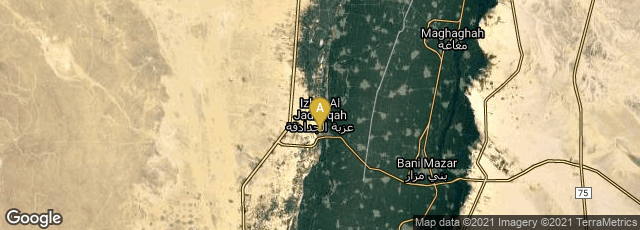

One of the oldest and most complete diagrams from Euclid’s Elements, a fragment of papyrus found among the rubbish piles of Oxyrhynchus in 1896-97 by the expedition of B. P. Grenfell and A. S. Hunt, is dated between 75 and 125 CE. It is preserved at the University of Pennsylvania.
"The diagram accompanies Proposition 5 of Book II of the Elements, and along with other results in Book II it can be interpreted in modern terms as a geometric formulation of an algebraic identity - in this case, that ab + (a-b)2/4 = (a+b)2/4 (although the relationship between Euclid's propositions and algebra, which he did not possess, is controversial)."